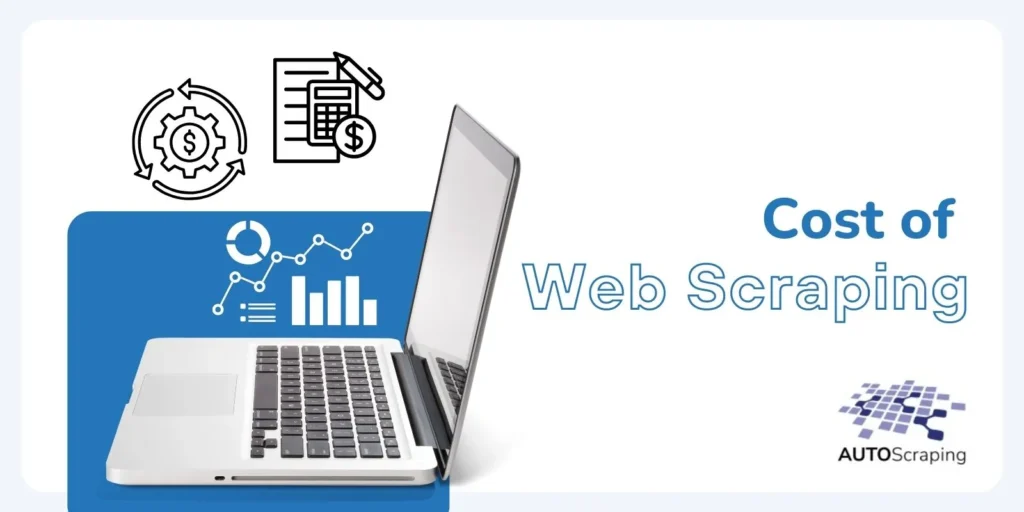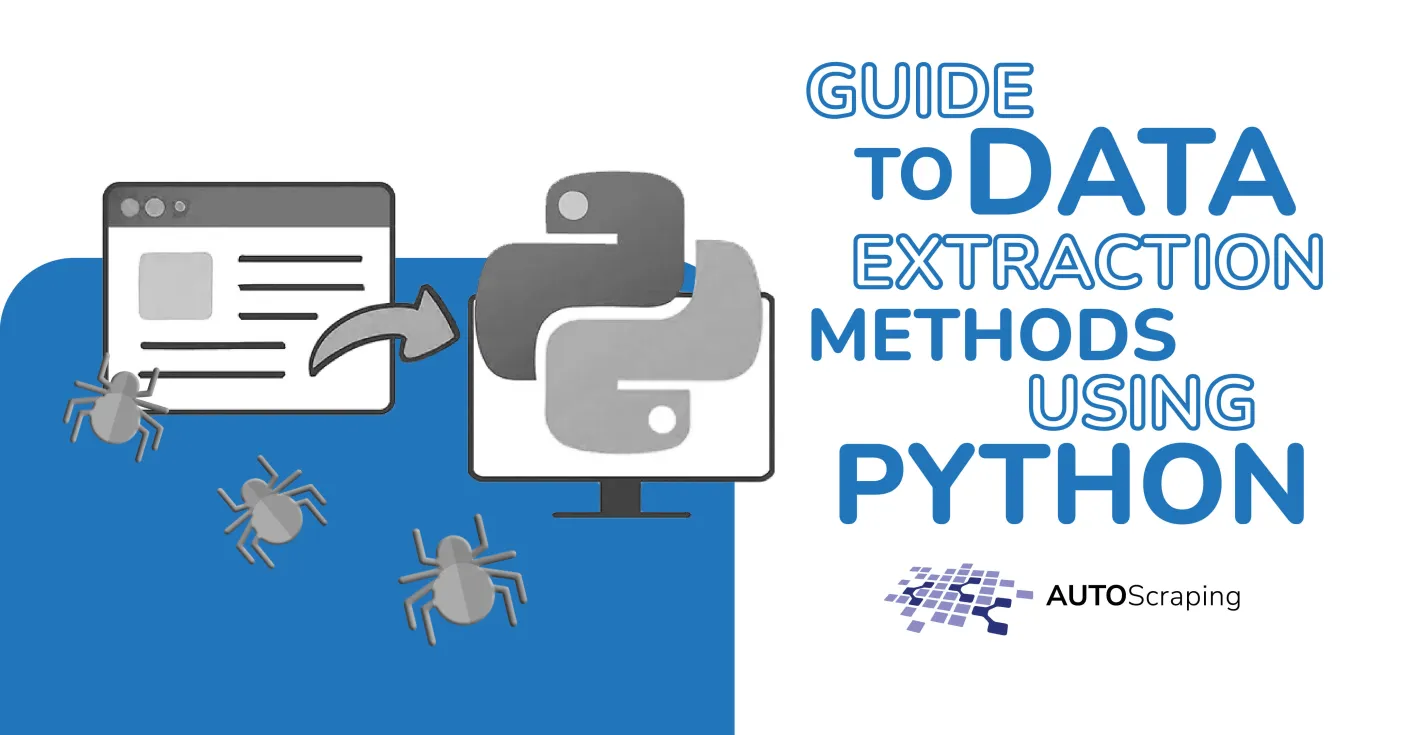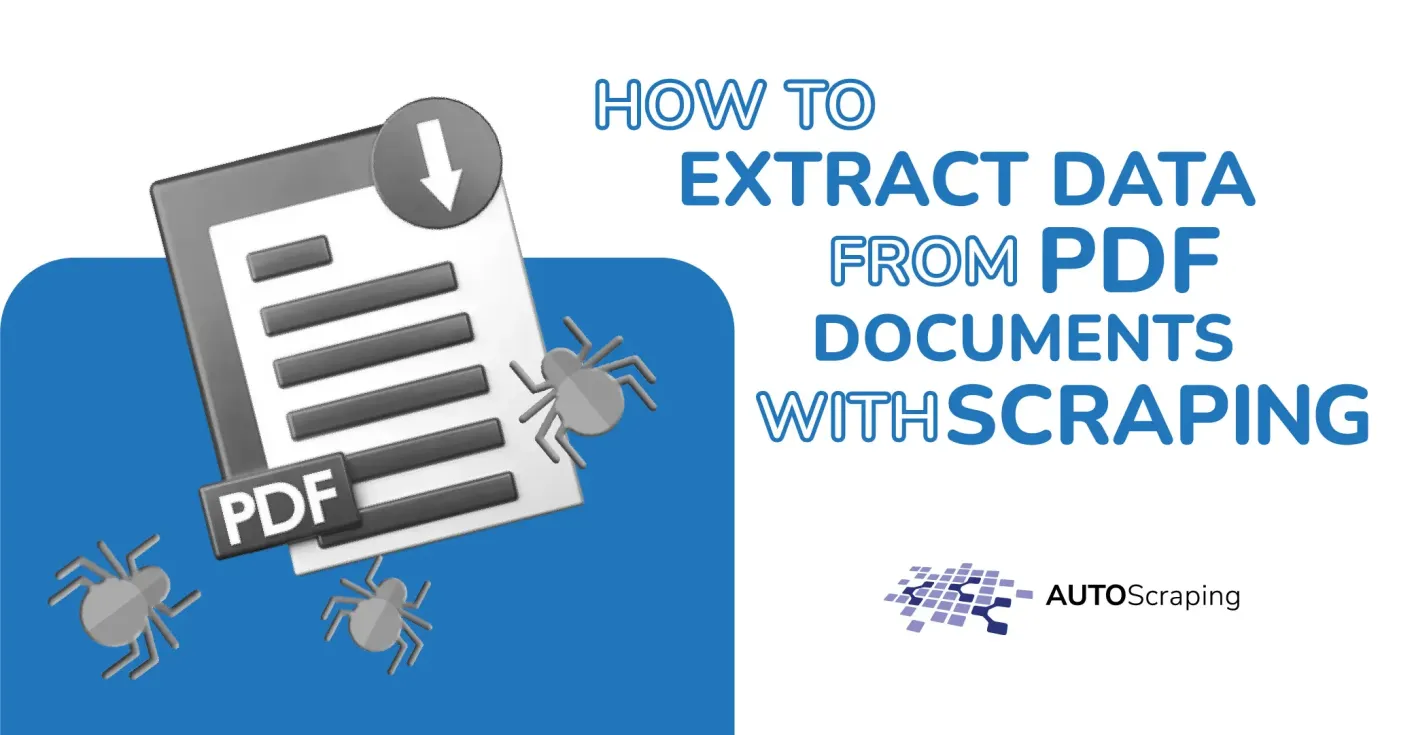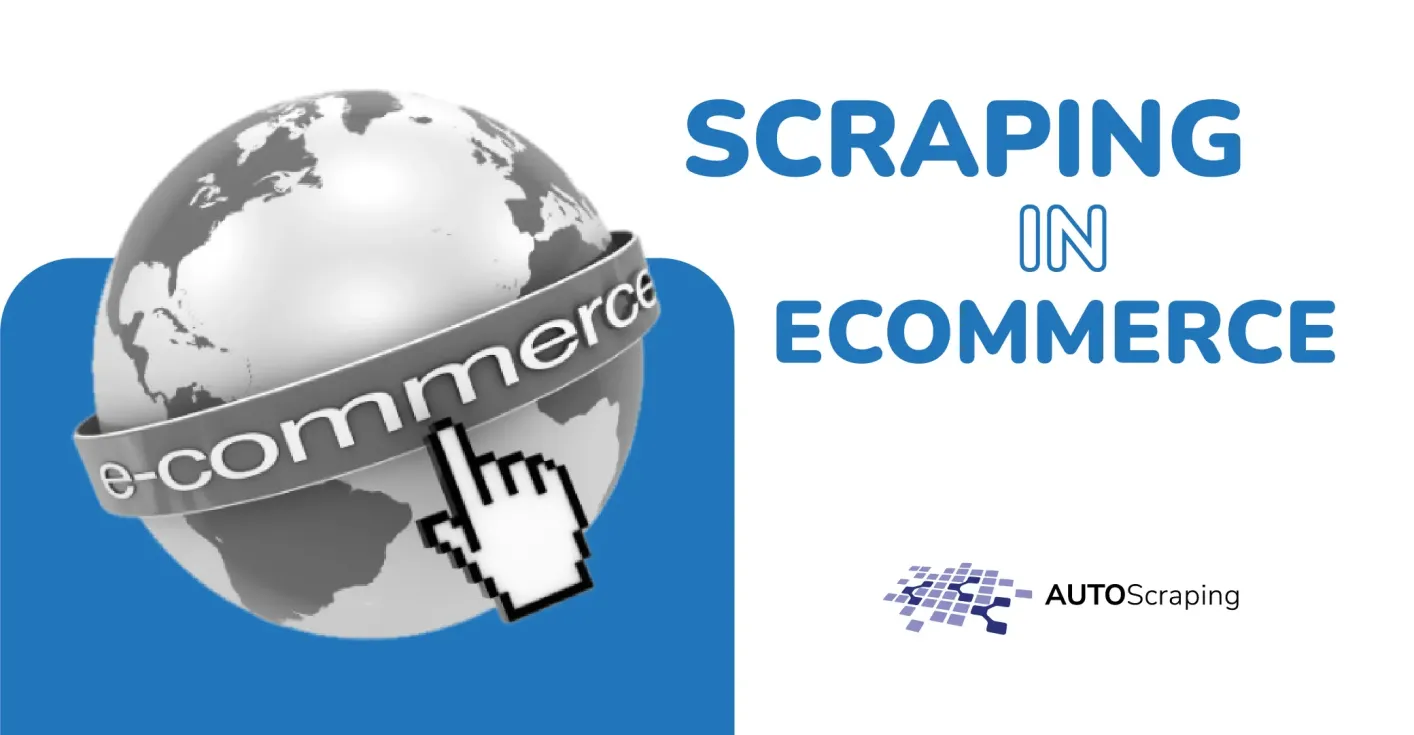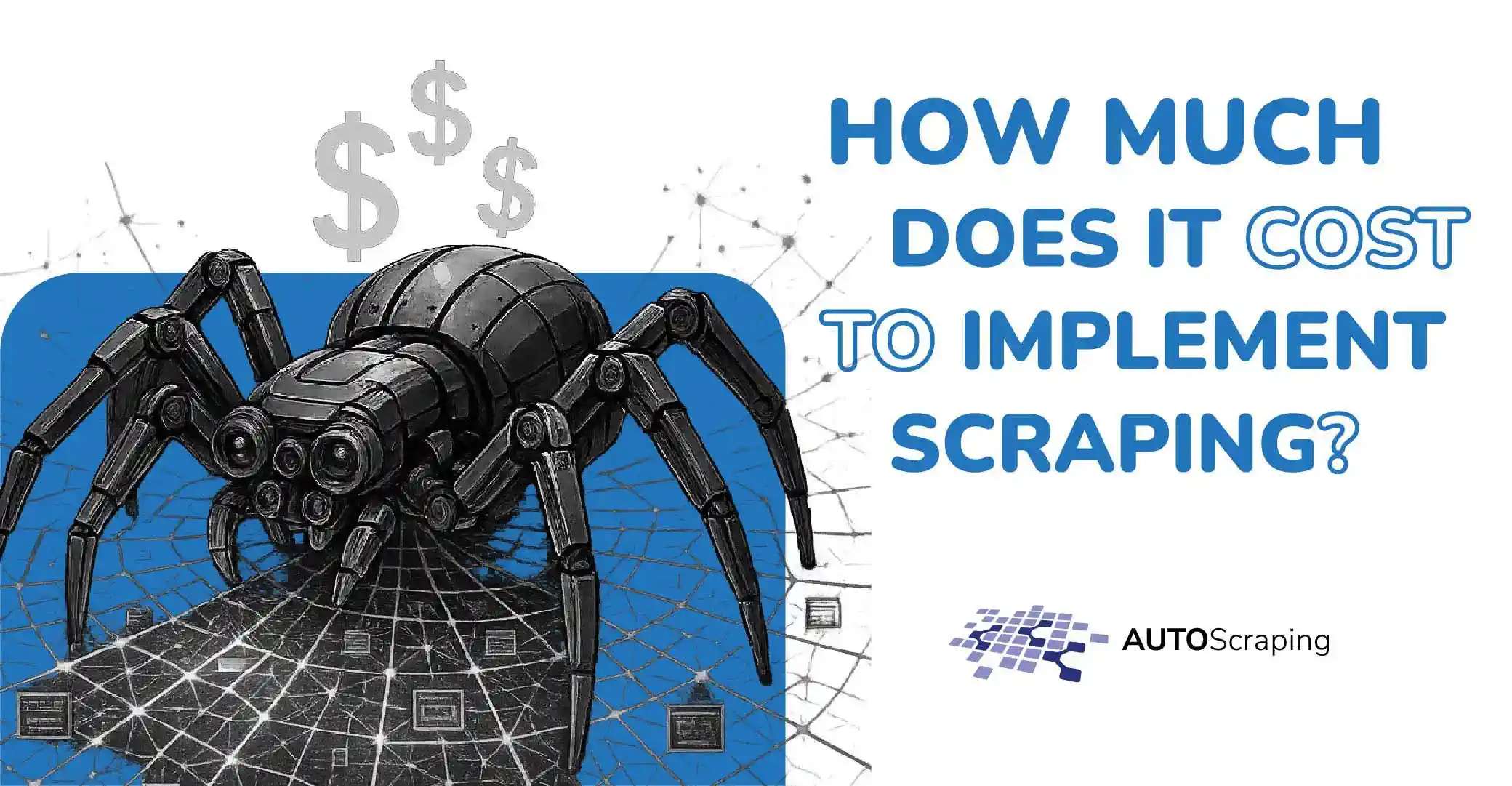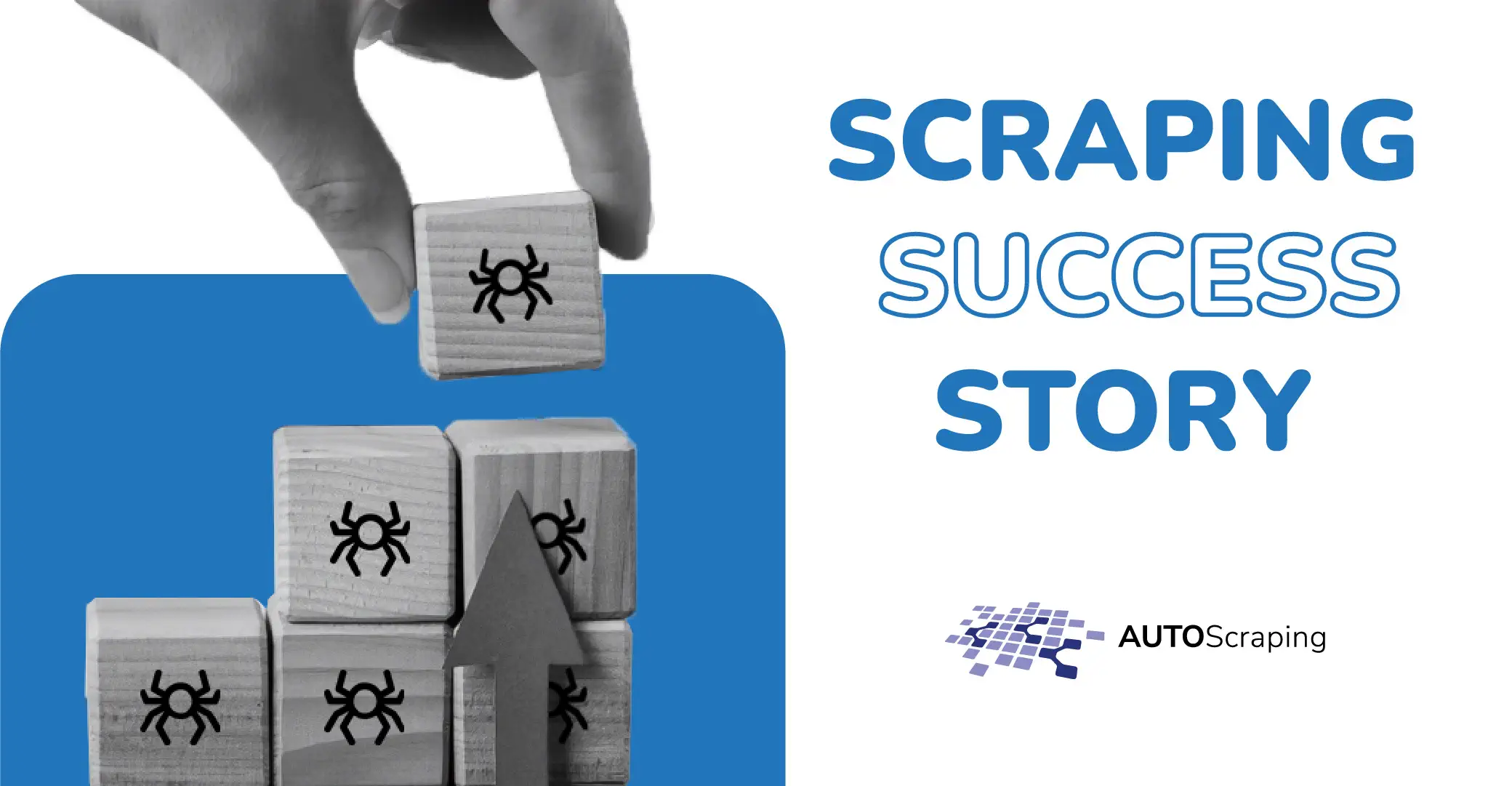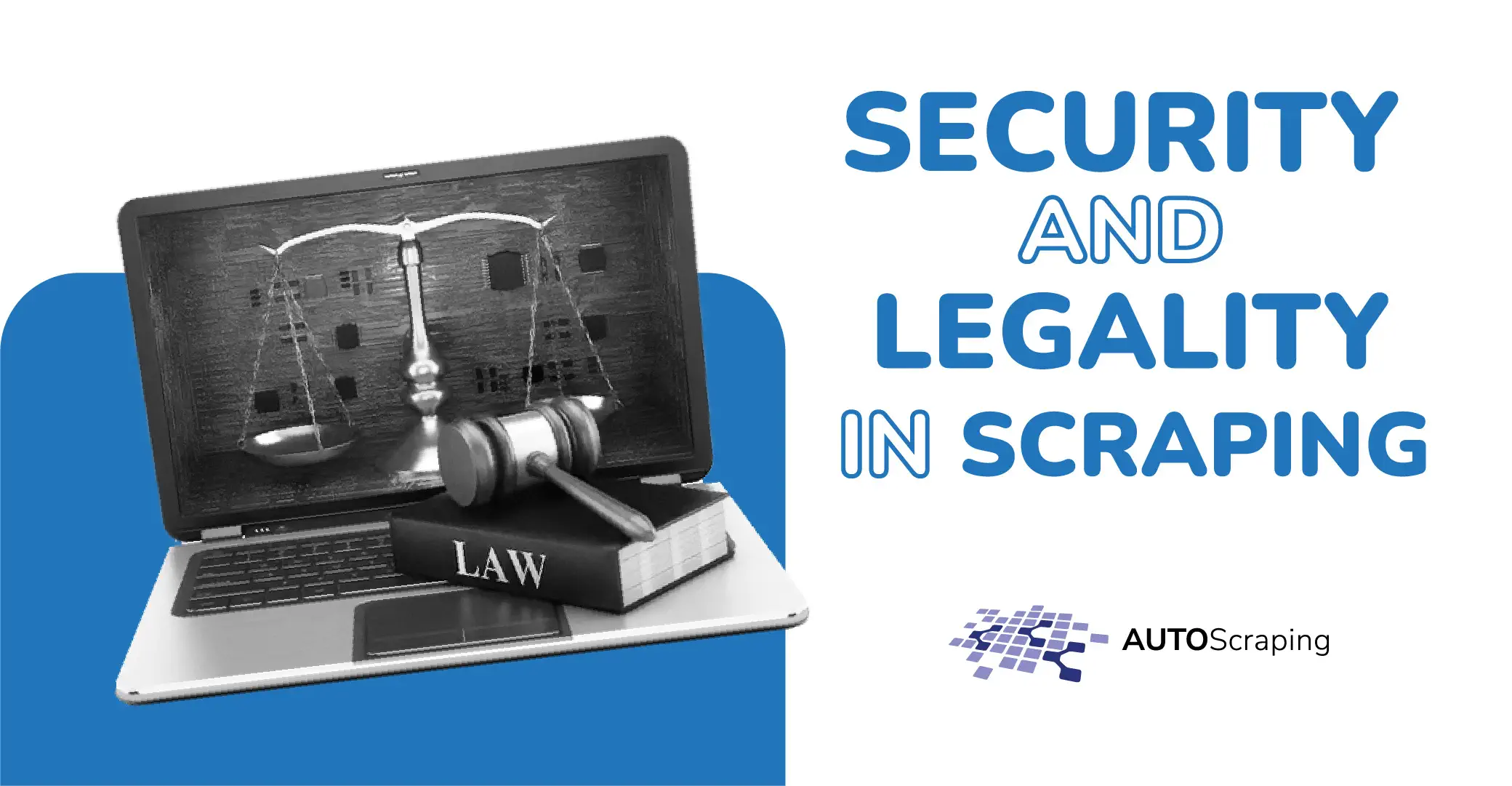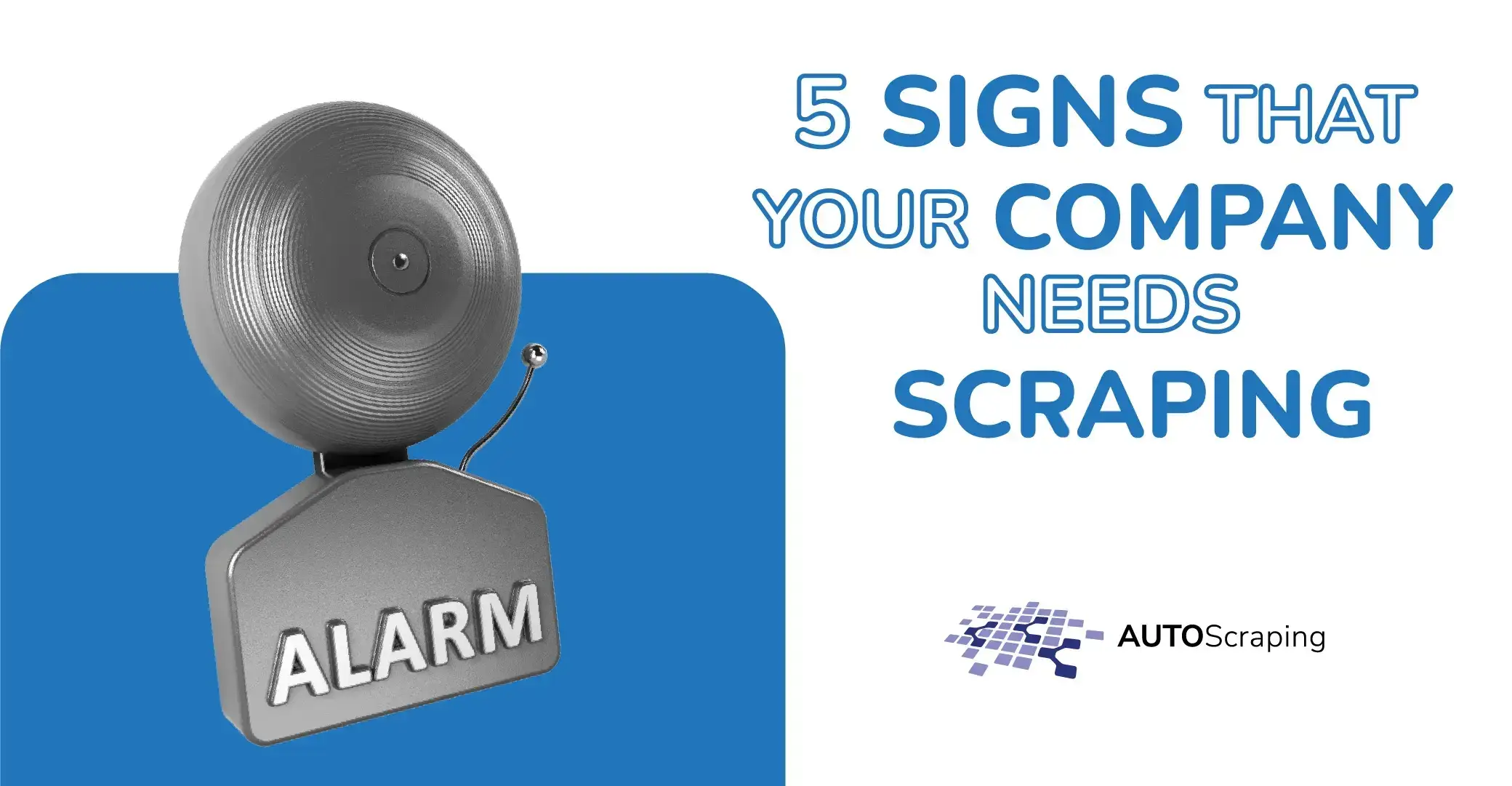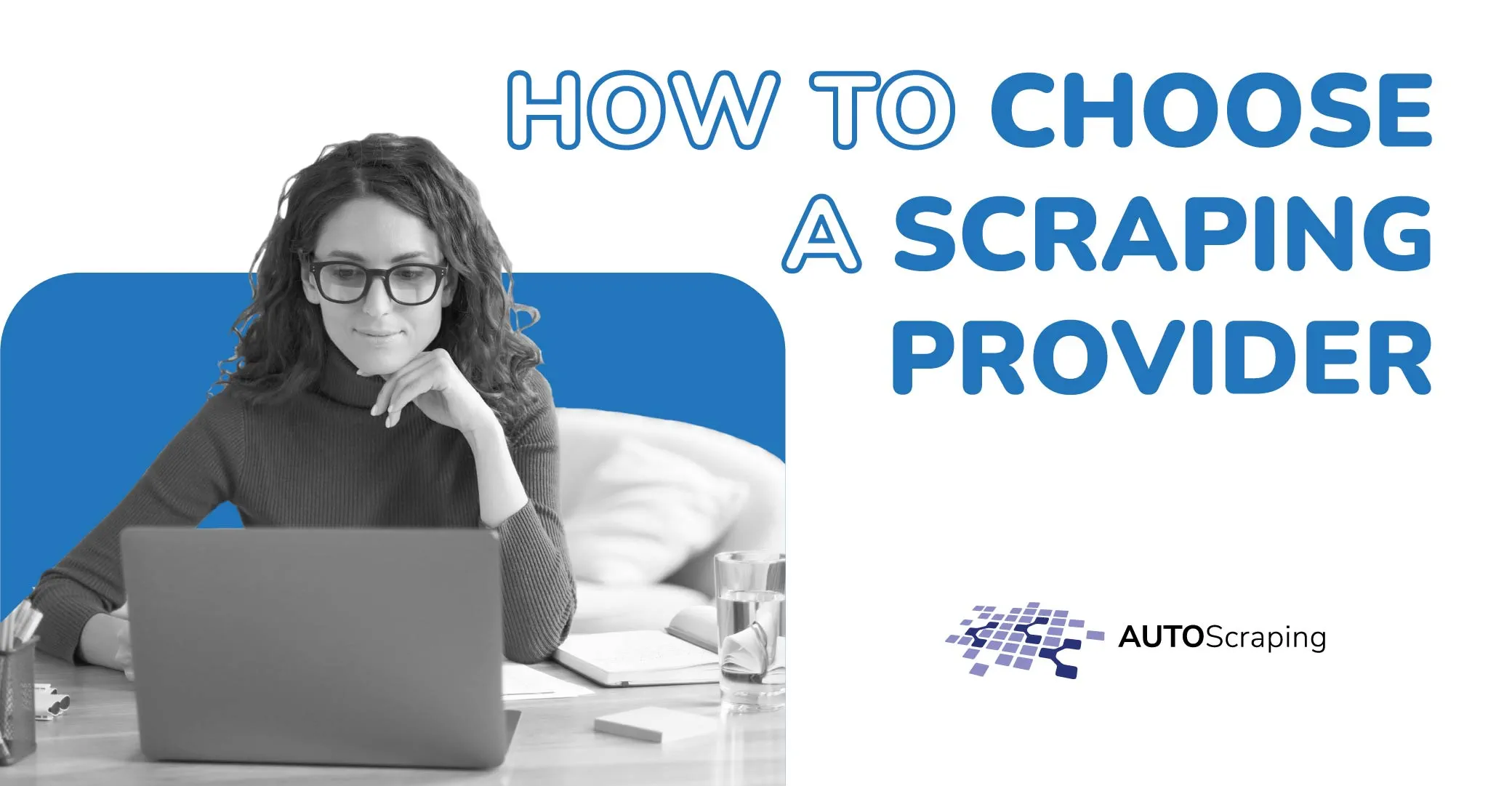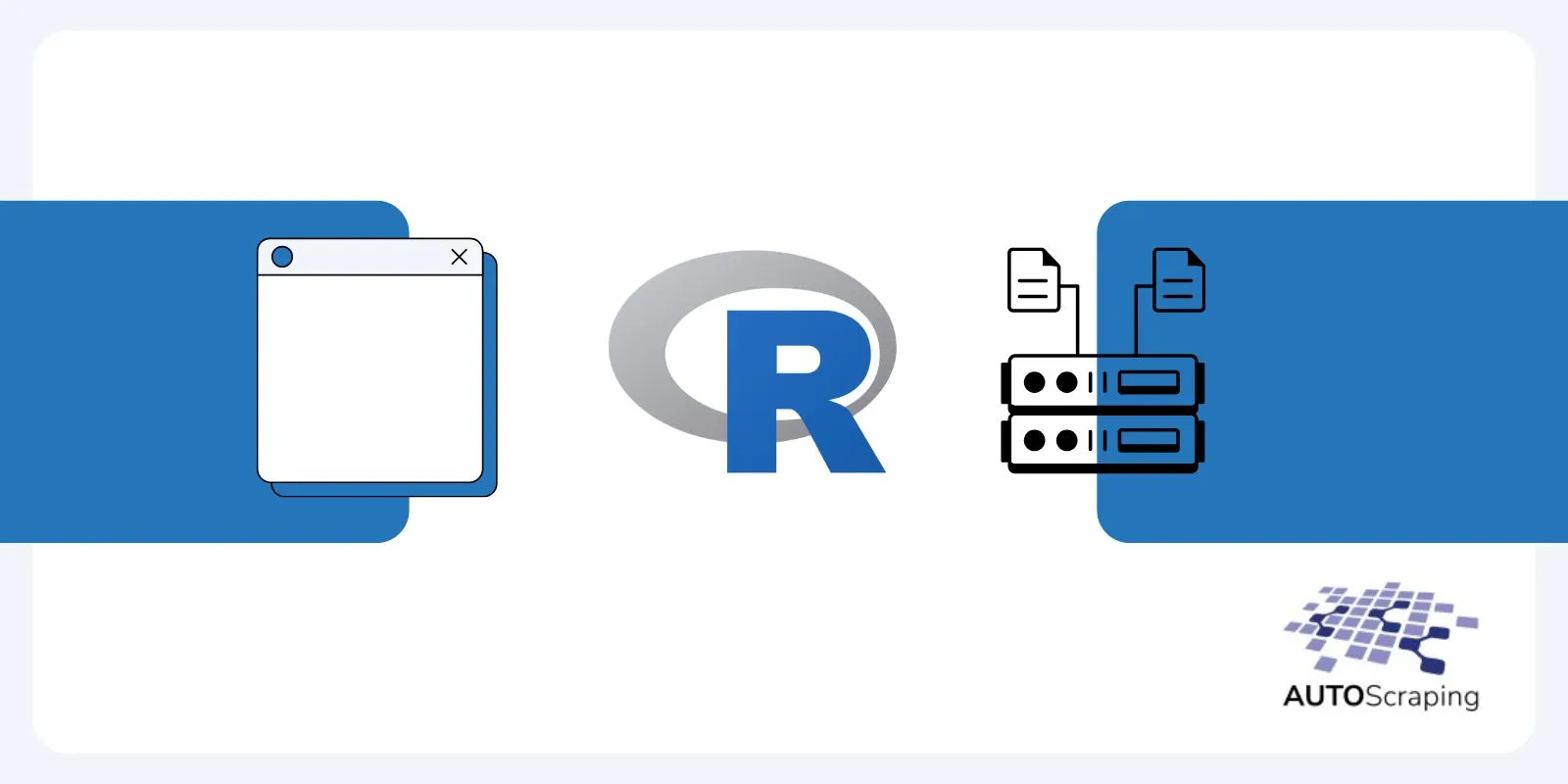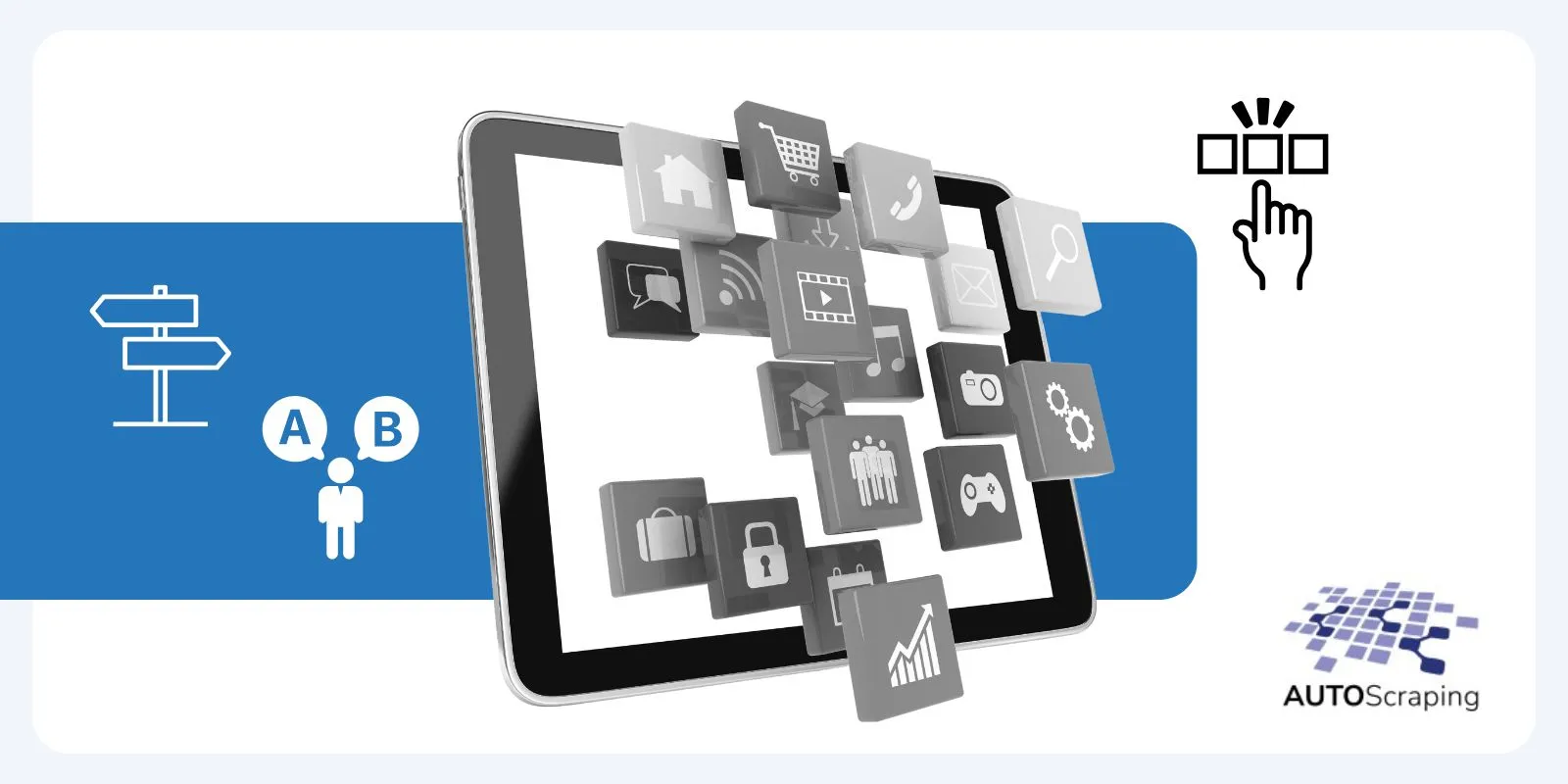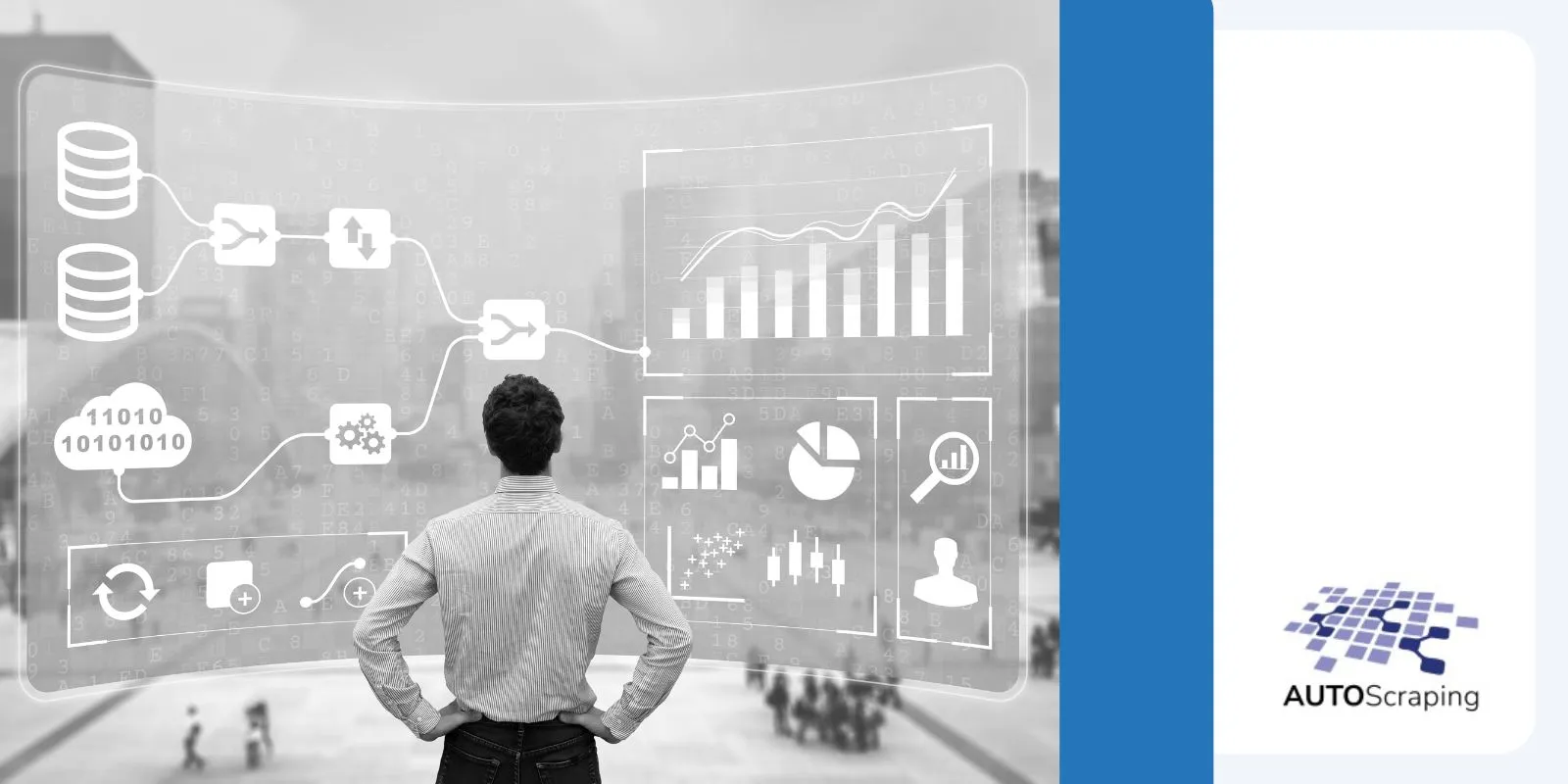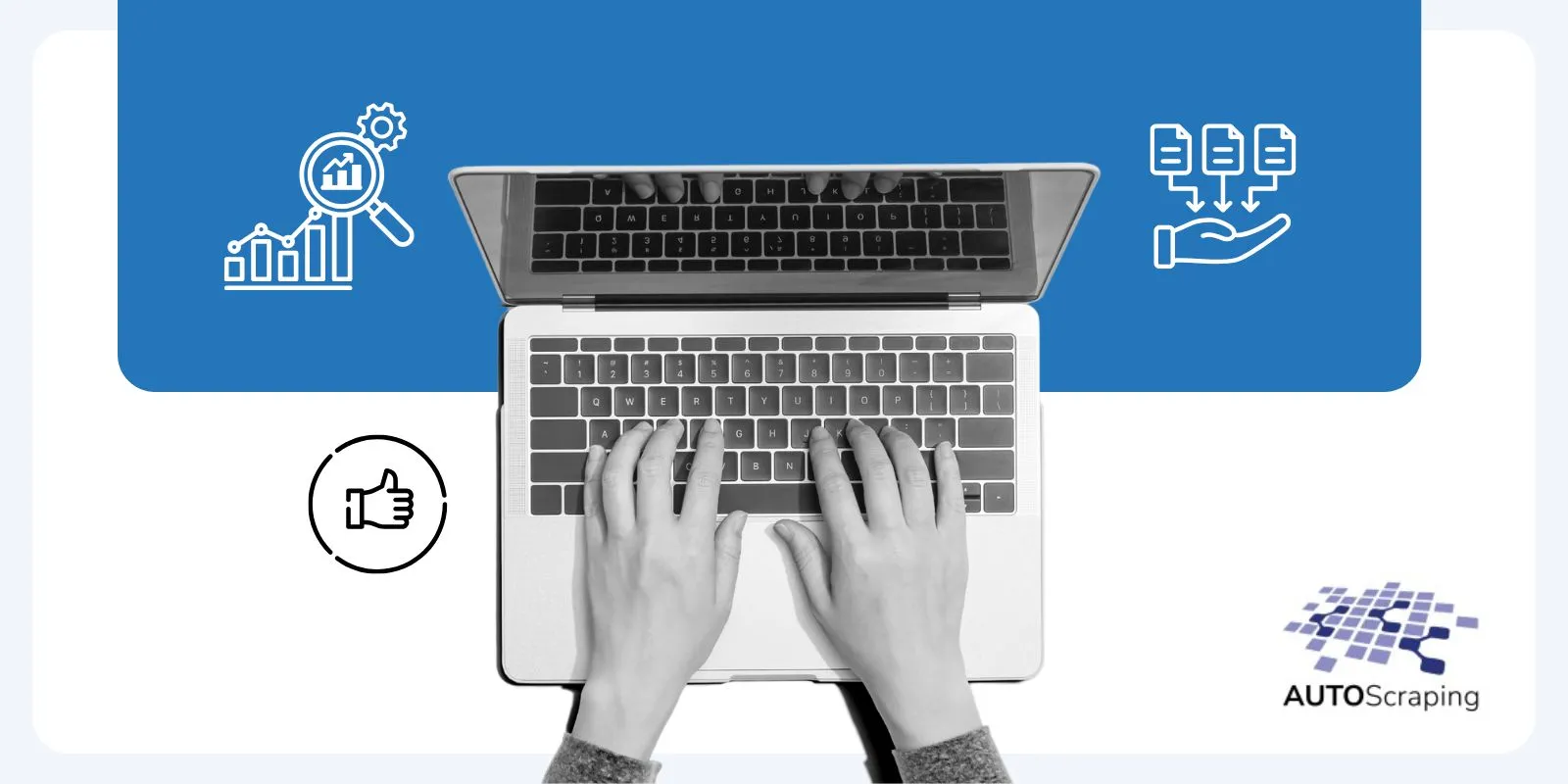Are you trying to figure out how much web scraping will cost for your business or project? It’s a common challenge that many face when deciding how to gather data efficiently.
Automate data extraction and save time on repetitive tasks!

The cost can vary widely depending on things like the complexity of the site you’re scraping or the amount of data needed, which can be tough to navigate.
This article covers the key factors that affect web scraping costs, such as how often you extract data, the type of data, and the tools you choose to use. Understanding these details will help you avoid surprises and plan your budget wisely.
By the end of this article, you’ll know exactly how to manage costs while still getting the data you need. Whether you’re doing it yourself, hiring someone, or using automated solutions, you’ll learn how to keep costs low and data quality high.
Factors That Influence the Cost of Web Scraping
| Factors Influencing Web Scraping Costs | Description | Cost Impact |
| Complexity of the Website | Complex sites with dynamic elements (AJAX, JavaScript) or anti-bot measures increase the time and effort needed. | – Higher costs for intricate site structures. – Lower costs for static HTML pages. |
| Frequency and Volume of Data Extraction | Frequent or large-scale data extraction demands more server power, bandwidth, and system updates. | – Increased costs for real-time or high-volume scraping. – Lower costs for occasional or small-scale extraction. |
| Type of Data (Structured vs. Unstructured) | Structured data is easier to process, while unstructured data requires advanced techniques, raising expenses. | – Lower costs for structured data (e.g., tables). – Higher costs for unstructured data (e.g., social media posts, PDFs). |
Recommended Lecture: What is Web Scraping?
Tools and Technologies Used for Scraping
The tools and technologies used in web scraping can vary widely, and they affect the overall cost. Some scraping tasks may require advanced technologies like headless browsers or rotating proxies, which can increase complexity and cost.
AutoScraping simplifies this by offering ready-made tools that are both efficient and affordable, allowing businesses to get accurate data without investing in expensive custom solutions. This balance helps you save time and money.
Here are some key features of AutoScraping:
- User-Friendly Interface: The platform offers an easy-to-use interface that allows users to set up scraping projects without needing programming skills.
- API Integration: AutoScraping supports integration with various APIs, facilitating the import and export of data to other systems.
- CAPTCHA Handling: The tool includes features for managing CAPTCHAs and other protection mechanisms, ensuring smooth data collection.
- Scalability: AutoScraping adapts to each business’s needs, allowing it to handle projects from small to large data volumes effortlessly.
- Technical Support: It provides ongoing technical support to address questions and assist with the setup and optimization of scraping projects.
- Customization Options: Users can tailor their scraping strategies according to their specific goals, ensuring relevant results.
- Data Security: AutoScraping prioritizes security, ensuring that collected data is handled safely and complies with privacy regulations.
Make the most of the information available on the web with our personalized web scraping service!. Book a meeting
Manual vs Automated Scraping Solutions
When considering manual vs automated scraping solutions, it’s essential to weigh the pros and cons of each approach to determine which best fits your needs.
Manual Scraping
Manual scraping involves individuals collecting data from websites by hand, often using tools like spreadsheets to organize the information.
This method can be time-consuming and labor-intensive but may be suitable for small-scale projects or one-time data collection efforts.
Advantages:
- Control: Users can decide precisely what data to collect and how to structure it.
- Flexibility: Easily adaptable for unique or changing data requirements.
- No Upfront Costs: Requires minimal investment in tools or software.
Disadvantages:
- Time-Consuming: The process can take a significant amount of time, especially for large datasets.
- Prone to Human Error: Increases the likelihood of mistakes during data entry.
- Limited Scalability: Not practical for larger projects that require frequent updates.
Automated Scraping
Automated scraping utilizes software or scripts to collect data from websites without human intervention. This method is ideal for larger-scale operations where data needs to be collected regularly and efficiently.
Advantages:
- Speed: Automated tools can gather vast amounts of data quickly, saving time and resources.
- Consistency: Reduces the risk of errors compared to manual entry, leading to more reliable data.
- Scalability: Easily accommodates growing data needs, allowing users to scrape multiple sites simultaneously.
Disadvantages:
- Initial Investment: May require upfront costs for software or development.
- Complexity: Setting up automated systems can be more complicated and may require technical expertise.
- Maintenance: Automated solutions may need regular updates to adapt to changes on websites.
Recommended Lecture: How to Automate Web Scraping
Breakdown of Web Scraping Costs
Understanding the breakdown of web scraping costs is crucial for businesses and developers looking to implement effective data collection strategies.
Several factors contribute to the overall expenses, each playing a significant role in how much you can expect to invest in scraping projects.
Initial Setup Costs
The initial setup costs can vary widely depending on the complexity of the scraping solution you choose. These costs typically include:
- Software Licensing Fees: Depending on whether you opt for commercial scraping tools or open-source solutions, you may face different pricing structures.
- Development Costs: If custom scripts or bots are required, hiring a developer or investing in in-house expertise can add to the upfront costs.
- Infrastructure Setup: If you need servers or cloud services to run your scraping operations, these expenses can accumulate quickly.
Ongoing Maintenance and Support
Once the initial setup is complete, ongoing maintenance and support are essential for keeping your scraping processes efficient and effective. These costs may include:
- Regular Updates: Websites frequently change their structure, necessitating updates to your scraping scripts or tools.
- Technical Support: Engaging support services or employing in-house technicians can help resolve issues quickly, but this adds to the ongoing expenses.
- Monitoring and Optimization: Regular monitoring ensures your scraping efforts are running smoothly, and optimization efforts may be needed to maintain data accuracy and reduce errors.
Cost of Proxy Services and CAPTCHAs
Using proxy services to mask your IP address during scraping is often necessary, especially for high-volume projects. The costs associated with this include:
- Proxy Subscriptions: Depending on the volume of data, you may need multiple proxies to avoid getting blocked by target websites, which can add recurring costs.
- CAPTCHA Solving Services: Many sites employ CAPTCHAs to prevent automated scraping. If you encounter CAPTCHAs frequently, you might need to invest in services that solve these challenges, adding to your overall expenses.
By carefully considering these elements, businesses can better prepare for the financial commitment involved in web scraping. Balancing these costs with the potential data value is essential for maximizing your return on investment.
Data Cleaning and Processing Costs
Data cleaning and processing costs are crucial factors in the web scraping budget that often go overlooked. Once data is extracted, it usually requires a significant amount of work to ensure it’s usable and valuable. Here’s a breakdown of the associated costs:
Data Cleaning Costs
- Standardization: Data often comes in various formats, requiring standardization to ensure consistency across datasets. This process might involve transforming dates, unifying measurement units, or normalizing text fields.
- Error Correction: Identifying and correcting inaccuracies in the scraped data can be time-consuming. This may include removing duplicates, fixing typos, or resolving inconsistencies, which can add to labor costs if done manually.
Data Processing Costs
- Storage Solutions: Depending on the volume of data you collect, you might need to invest in cloud storage or databases. These solutions can vary in cost based on the storage capacity and the access speed required.
- Data Transformation: Often, raw data needs to be transformed to make it usable for analysis. This might involve converting unstructured data into structured formats, which requires additional processing resources and potentially specialized software.
Server and Bandwidth Usage Costs
Server and bandwidth usage costs play a significant role in the overall budget for web scraping projects.
As data extraction often requires substantial resources, understanding these costs can help businesses plan more effectively. Here’s a closer look at the factors involved:
Server Costs:
- Hosting Requirements: Depending on the scale of your web scraping efforts, you may need to invest in dedicated servers or cloud hosting solutions.
Dedicated servers offer more control and performance but come with higher upfront costs, while cloud services provide scalability but may incur ongoing fees based on usage.
- Maintenance and Upkeep: Maintaining servers involves additional costs, such as regular updates, security measures, and backups. These ongoing expenses should be factored into the overall budget to ensure your scraping operations run smoothly and securely.
Bandwidth Costs:
- Data Transfer Fees: The amount of data you extract directly affects your bandwidth usage. Most hosting providers charge based on the volume of data transferred, so high-frequency scraping or large datasets can lead to substantial costs.
- Content Delivery Network (CDN) Services: If your scraping involves accessing content from multiple sources or regions, utilizing a CDN can help optimize performance and reduce latency. However, this service also comes with its own costs, which should be included in your budgeting process.
Cost Management Strategies
- Efficient Data Requests: By optimizing your scraping processes to make fewer, more targeted requests, you can minimize bandwidth usage. This can help reduce costs while maintaining the quality and quantity of the data collected.
- Choosing the Right Hosting Plan: Evaluating and selecting a hosting plan that aligns with your data needs is essential. Consider whether a pay-as-you-go plan or a fixed-cost option suits your scraping volume better, as this can significantly impact overall expenses.
Recommended Lecture: How to Automate Data Extraction from Website
Comparing Web Scraping Costs Across Different Methods
DIY Web Scraping vs Using Professional Services
Businesses often face the decision between DIY web scraping and using professional services, which can significantly influence their overall costs and efficiency.
| Comparison Factor | DIY Web Scraping | Professional Services |
| Cost | Lower initial costs but may incur hidden costs. | Higher upfront costs, but potential for greater long-term ROI. |
| Time Investment | Time-consuming learning curve and script maintenance. | Saves time with immediate access to expert knowledge and resources. |
| Data Quality | Variable accuracy; risk of errors in data collection. | High-quality, accurate data with reduced risk of legal issues. |
| Technological Access | Limited to personal tools; may lack advanced technology. | Access to advanced technologies that enhance data extraction. |
| Decision-Making Impact | Delayed data availability can affect timely decisions. | Faster data availability, improving decision-making processes. |
Using Web Scraping Software vs Hiring Developers
| Comparison Factor | Web Scraping Software | Hiring Developers |
| Accessibility | User-friendly interfaces; accessible for non-technical users. | Requires technical expertise; more suited for complex tasks. |
| Customization | Limited flexibility; may not meet specific business needs. | Tailored solutions aligned with unique business requirements. |
| Cost | Generally lower cost with subscription or one-time fees. | Higher costs associated with labor and development. |
Recommended Lecture: 5 Key Differences between API vs Web Scraping
Cost Benefits of Automating Web Scraping vs Manual Data Collection
| Comparison Factor | Automated Web Scraping | Manual Data Collection |
| Efficiency | Drastically reduces time and effort for data collection. | Labor-intensive and slower; requires constant oversight. |
| Data Consistency | Ensures consistent data quality over time. | Prone to human error, leading to inconsistent data quality. |
| Long-Term Cost | More cost-effective in the long run; frees up resources for analysis. | Higher operational costs due to labor requirements. |
Recommended Lecture: 5 Main Differences between Web Scraping and Data Mining
How to Optimize Web Scraping Costs
Optimizing web scraping costs is essential for businesses seeking to maximize their return on investment while minimizing unnecessary expenses.
There are several strategies to implement that can significantly enhance the efficiency and effectiveness of your data extraction efforts.
Using Scalable Solutions for Data Extraction
One of the first steps in optimizing costs is to utilize scalable solutions. This approach allows you to adjust your scraping operations based on your current data needs.
By choosing a solution that can grow with your business, you avoid the costs associated with over-provisioning or under-utilizing resources. Key benefits include:
- Flexibility: Adjust scraping frequency or volume according to seasonal demands.
- Cost Efficiency: Pay only for what you use, avoiding unnecessary expenses.
- Future-Proofing: Ensure your solution can evolve with market changes.
Reducing Costs with Efficient Data Processing
Next, investing in efficient data processing can help reduce overall costs.
Implementing automated data cleaning and transformation processes minimizes the time and resources needed for manual interventions. Consider the following advantages:
- Time Savings: Automate repetitive tasks to free up valuable human resources.
- Quality Assurance: Ensure high-quality output with minimal human oversight.
- Workflow Streamlining: Integrate tools that work seamlessly with existing systems.
Balancing Data Accuracy with Cost Efficiency
Finally, achieving a balance between data accuracy and cost efficiency is crucial. While it may be tempting to prioritize lower costs, sacrificing data quality can lead to poor decision-making and additional costs down the line. Focus on:
- Regular Reviews: Periodically assess data accuracy and adjust strategies.
- Investing Wisely: Consider investing in better technologies to improve data reliability.
- Long-Term Value: Aim for data collection methods that enhance decision-making without compromising quality.
Data Extraction Solutions Company: AutoScraping
At AutoScraping, we understand that effective data extraction is a cornerstone for businesses looking to thrive in today’s data-driven landscape.
Our cost-effective web scraping solutions are designed to meet the diverse needs of companies across various industries, ensuring that you can access the data you need without breaking the bank.
By leveraging advanced technologies, we streamline the data extraction process, allowing you to focus on analyzing the information rather than worrying about how to collect it.
Here are some of the key benefits that set AutoScraping apart:
- User-Friendly Interface: Our platform is designed with usability in mind, making it easy for both technical and non-technical users to set up and manage their scraping projects.
- Customizable Solutions: We recognize that each business has unique requirements, so we offer tailored scraping solutions that fit your specific needs and objectives.
- Scalability: As your data needs grow, our solutions can easily scale to accommodate increased volumes, ensuring you always have access to the insights you need.
Choosing AutoScraping means you gain a partner committed to enhancing your data extraction capabilities.
Our team of experts is dedicated to providing ongoing support, helping you navigate any challenges that may arise.
Additionally, our focus on data accuracy and reliability ensures that you receive high-quality information that can drive informed decision-making. By trusting AutoScraping, you not only invest in a tool but also in a long-term strategy for your business’s success.
With our advanced data extraction solutions, businesses can harness the power of data without the usual complexities and costs associated with traditional methods.
FAQs: Cost of Web Scraping
Is data scraping expensive?
Data scraping costs can vary widely, ranging from $50 to $300 per hour, depending on factors like complexity and volume of data. For large projects, total costs can reach thousands of dollars.
Is web scraping ever illegal?
Web scraping isn’t inherently illegal; however, it can violate a website’s terms of service. It’s essential to respect copyright laws and data protection regulations when scraping.
What is scraping prices?
Scraping prices refer to the costs associated with data extraction services. These prices can depend on factors like the complexity of the scraping task and the type of data needed.
How much does web scraping pay hourly?
Hourly rates for web scraping professionals typically range from $25 to $150, influenced by the complexity of the project and the expert’s experience level.

